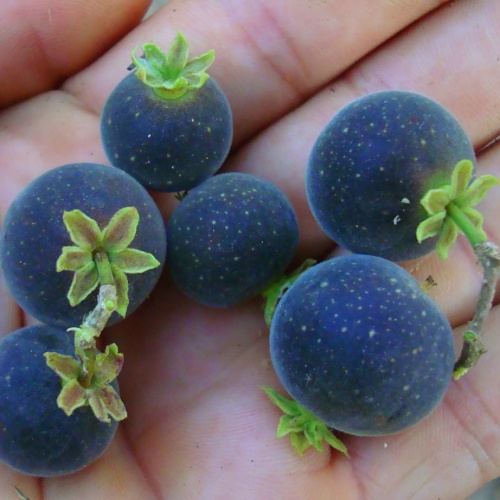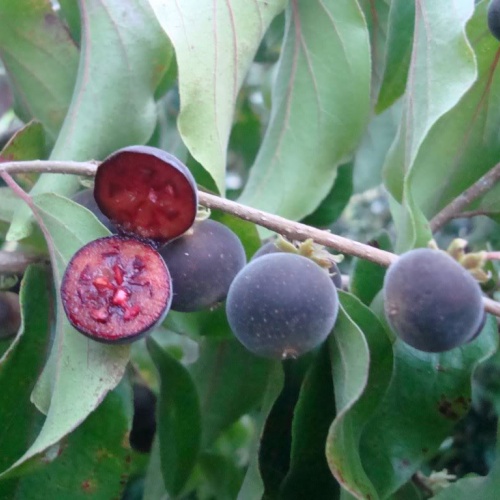Ceylon Gooseberry
$55.00
The Ceylon gooseberry has several names as a reflection of its many habitats.
Description
The Ceylon gooseberry has several names as a reflection of its many habitats. Other names of this maroonish purple fruit include kei apple, ketembilla, Puerto Rican cranberries, and tropical apricots. However, some of these names refer to a hybrid that’s between the hairy Ceylon gooseberry described herein, and a milder fruit known as the Abyssinian gooseberry.
Origin of Ceylon GooseberryAs its name suggests, the fruit is native to Sri Lanka and possibly parts of southern India. The book, “Fruits of Warm Climates” credits the famous botanist, David Fairchild (1869-1954), with the fruit’s introduction to the US, and consequently, Hawaii and Honduras. The aim of introducing the fruit to Hawaii was not to bring a wondrous fruit, but to serve as a hedge plant that kept cattle away from valuable sugar cane plantations.
Today, the fruit grows in Israel, Florida and Hawaii of the US, and limited parts of Central America, and South Africa. It is also naturalized in Puerto Rico.
Availability of Ketembilla in IndiaThe Ceylon gooseberry grows in the south of India, but it’s not a well-known fruit outside of the regions in which it inhabits. In warm temperatures and humid soil, even small trees are prolific growers. For instance, one 15-foot tall tree can yield up to 40 kilograms of fruit per year.
Where to find Ceylon Gooseberry in IndiaKetembillas are extremely difficult to find outside of South India’s low elevations, as they serve no commercial purpose. Birds have greater attraction to the fruit than humans, and ketembilla preserves do not appear on the shelves, either.
Checking for Ripeness in Ceylon Gooseberry
Unripe Ceylon gooseberries are pale green to orange, and become dark purple when fully ripe. Ketembillas are one of the few fruits that are most palatable when slightly wrinkled, as this indicates that the sugars have concentrated. Few eat the fruits raw on account of their bitterness. That said, it’s best to use half-ripe fruits for jam and preserve recipes.
Additional information
| Size | 3 gal |
|---|
Related products
-
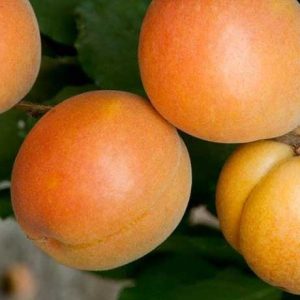
Apricot
$75.00 This product has multiple variants. The options may be chosen on the product page -
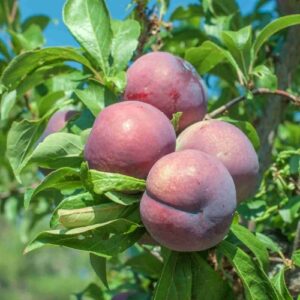
Plum Mariposa 7g
$55.00 -

Blackberry vine
$25.00 Read more -
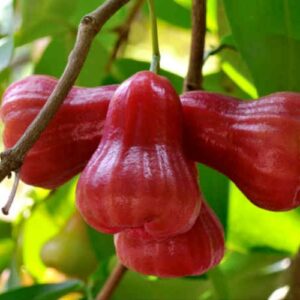
Wax Jambu (Cây Mận)
$65.00 – $950.00 Select options This product has multiple variants. The options may be chosen on the product page

